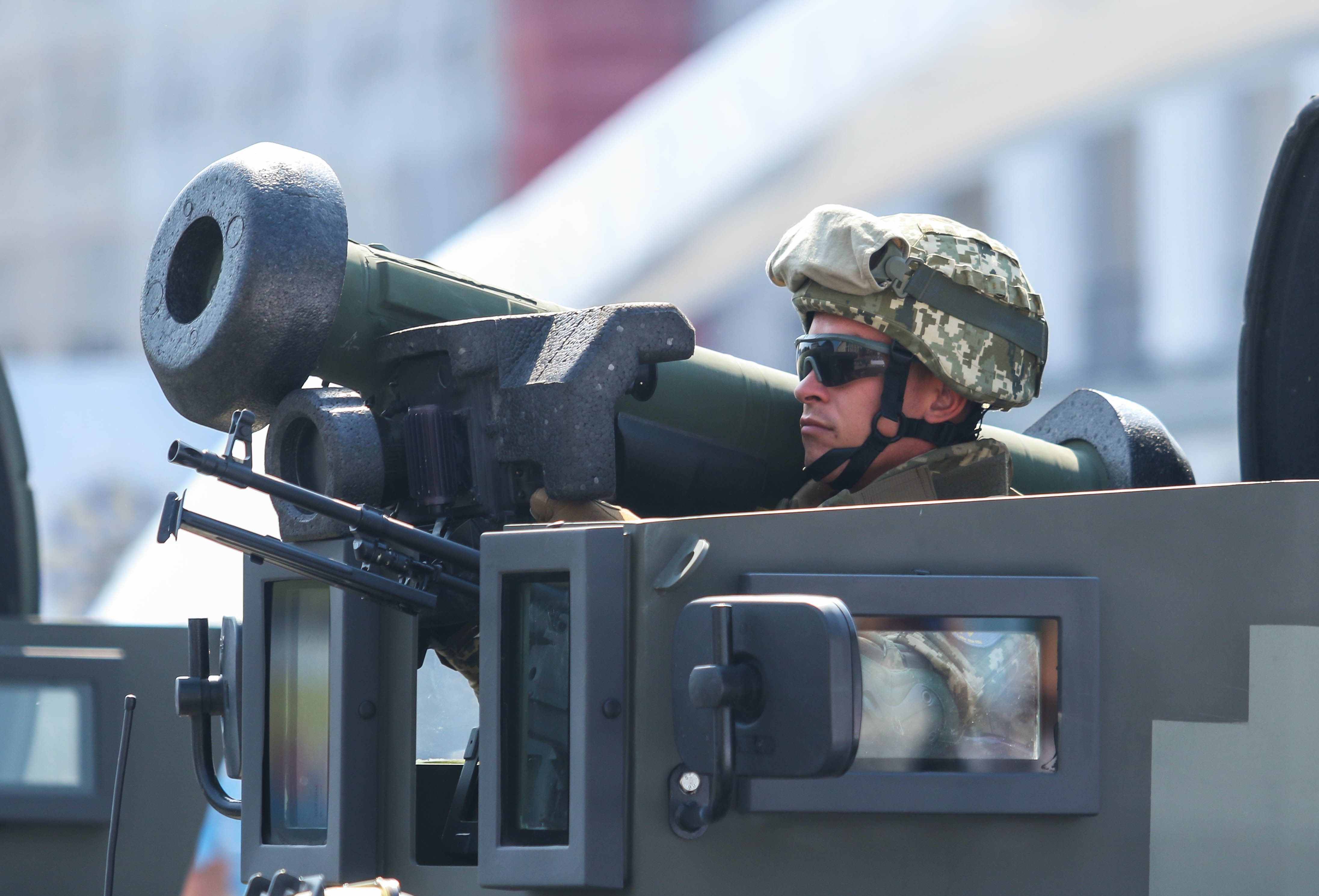The Pentagon failed to properly track a majority of the sensitive weapons that the U.S. has sent to Ukraine since Russia’s invasion, according to a major new report from the Department of Defense’s inspector general.
The U.S. has given Ukraine roughly $1.7 billion worth of weapons that it considers to be at high risk of diversion, $1 billion of which was not inventoried according to American legal standards for end-use monitoring, according to the report, which also notes that inventory practices have somewhat improved since the early days of the war.
The IG report does not allege any diversion of U.S. weapons, an inquiry that the office describes as “beyond the scope of our evaluation.” The investigation only addressed the highest risk weapons and did not look at the vast majority of U.S. aid.
The news comes just two weeks after the United States announced its latest weapons package for Ukraine. If congressional Republicans succeed in blocking a new emergency funding bill, that announcement may be the final tranche of military aid that Washington gives Ukraine.
To understand the report’s importance, it’s useful to look more closely at what “end-use monitoring” (EUM) means in practice. In U.S. law, EUM focuses on ensuring that American weapons reach and remain with their intended recipients. This entails all sorts of complicated logistics, including periodic audits.
In that sense, EUM is a bit of a misnomer. U.S. officials are not actually investigating the way weapons are used in a conflict; they just want to be sure that American arms haven’t fallen into the enemy’s hands or been given to a group that doesn’t share U.S. goals.
In Ukraine, these efforts have been complicated by the vagaries of war. There are few U.S. officials in the country and even fewer that can get to the frontlines, where many weapons are kept, meaning that Kyiv has been forced to improve its own arms tracking procedures while fighting a brutal and often fast-moving war.
As fears of weapons diversion grew — driven in part by Ukraine’s long history as an arms trafficking hub — the Biden administration announced in late 2022 a program of “enhanced” EUM for high-risk weapons like Stinger missile launchers, which non-state groups could use to take down a commercial airliner. The program employed a dual approach, improving inventory standards while training Ukrainian officials to find and stop attempts to smuggle weapons out of the country.
At the time, arms control experts welcomed the plan but criticized its narrow focus. The new IG report now indicates that officials have failed to live up to their own promises on EUM, raising the chances that diversion could happen without raising red flags.
Of course, this is far from the first time that the U.S. has fallen short in its EUM practices. Between 2018 and 2021, American officials failed to report that Guatemalan officials had on multiple occasions used U.S. military jeeps to intimidate international organizations and U.S. embassy staff, according to the Government Accountability Office.
But the Ukraine case is particularly concerning given reports that Russia has captured several U.S. weapons systems and is now seeking to reverse engineer them. Arms control experts argue that this should serve as a wakeup call for U.S. officials.
In a recent op-ed, Dylan Cordle and Jen Spindel of the University of New Hampshire argued that American EUM policies would benefit from a major overhaul. “Bureaucratic changes should address communication, resources, and coordination of US EUM efforts, and new technologies can more securely, transparently, and efficiently conduct EUM,” Cordle and Spindel wrote.
Among other recommendations, they suggest moving all EUM authority to the Defense Department instead of splitting it between the Pentagon and State Department. They also call for new hiring authorities that would empower oversight officials to quickly scale up EUM efforts. Their most innovative idea is to use blockchain technology to help with inventorying weapons.
“Regardless of how EUM proceeds, the war in Ukraine has revealed some of the weaknesses within current programs, and we envision that 2024 will bring renewed attention to EUM as the US tries to comply with its own legal and ethical guidelines,” Cordle and Spindel wrote.















